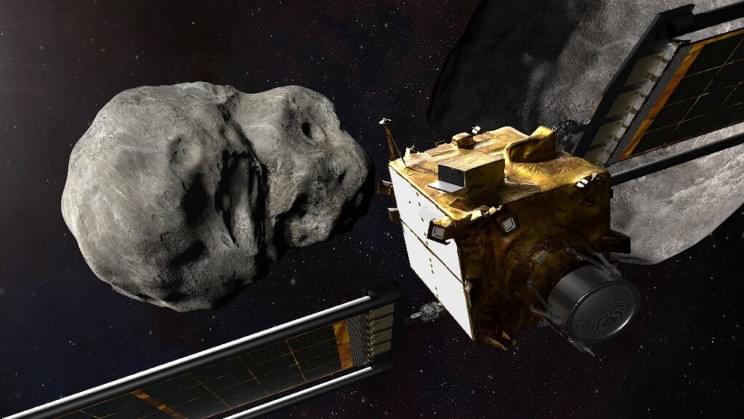The article details the discomfort astronauts may feel due to malfunctioning waste management systems. Luckily their critical systems are not compromised. It’s also very difficult for them to make these repairs up in orbit.
Well, I guess adult diapers are the way of the future. 😂
A NASA astronaut stationed aboard the International Space Station acknowledged this week that a design flaw in the toilet built into SpaceX’s Crew Dragon module will force she and her colleagues to use diapers during their upcoming return journey to Earth.
“Yes, we are unable to use the toilet on Dragon for the return trip, and of course, that’s suboptimal,” McArthur told reporters on Friday, according to Space.com.
You might remember some drama during SpaceX’s first space tourism launch, back in September, when it was widely reported that the civilian crew of Inspiration4 ran into some trouble with the spacecraft’s waste management system.






